Philodendrons: Self-Heading vs Trailing
Philodendrons are possibly one of the most common and most sought after foliage houseplants worldwide. They’re prized for their ease of care and striking foliage that comes in many shapes and sizes.
Philodendrons are often classified into two very distinct groups: Vining and Self-Heading Philodendrons. In this Plantify University Original Blog Post, we'll explore these two growth patterns in greater detail, and what they mean for plant parents.
Fun fact: Since 2018, a few species formally known as Philodendron have been reclassified as Thaumatophyllum (roughly translated as “Wonder Leaf”). This is due to advancements in DNA testing, which helped scientists to ascertain that certain species lumped in with Philodendron, were genetically extremely different. However, for the beginner plant parents, we prefer to keep Philodendron as the common name, for ease of identification. Eg: Split Leaf Philodendron (Thaumatophyllum Selloum).

WHAT IS A SELF-HEADING PHILODENDRON?
These varieties are classified as arborescent (derived from the root word “arbor” or tree), meaning they have an upright growth habit with a thick stem, that typically gives more of a tree-like appearance. These types are easily identified by the fact that their leaves grow close to each other hiding the main stem, which only becomes visible once the older leaves drop off from the bottom, a phenomenon also known as abscission.
Self-headers are also likely to be found growing terrestrially, at ground level with roots anchoring themselves into the floor instead of using a tree as a support.
These are some of the most hybridized varieties of Philodendron, because they are more likely to develop inflorescences that can be cross-pollinated to form viable seeds, and in turn new hybrids. In general, Self-heading Philodendrons are also more likely to be propagated via seed due to their short internodes (spaces between the leaves).
Hybridized species are often the darker foliaged varieties such as the Philodendron Rojo Congo with its large deep purple leaves to the Black Cardinal with its almost Black foliage. There are however also many brighter varieties available on the market that have been bred to stand out in the crowd such as Philodendron Imperial Green or the ever-prized variegated form of Philodendron Birkin.
As compact growers, these Philodendrons are a fabulous way of creating instant tropical charm in any home or office space. When small they make for the perfect tabletop accent piece, however, like all Philodendron, they can get large and are best kept to squat compact planters that can help restrict their growth. In turn, when they reach a large capacity they are the ideal floor level eye-catcher and can be appreciated from above, especially when grown in bright filtered light that will encourage the vibrancy of their foliage.
Top Tip: When it comes to caring for the Self-Heading Philodendron it is important to provide your plant with good air circulation. Due to their compact growth habit, lack of air will often lead to mould growth on the stem and potting medium.

WHAT IS A VINING PHILODENDRON?
You’ll be hard-pressed to find a tropical nursery worldwide that doesn’t have a few vining Philodendrons hanging overhead or cascading off a shelf, as these are truly the most common and popular of the species around.
They are often sold in hanging nursery baskets to encourage them to trail and create a curtain of foliage; or are found staked on a Moss pole for extra height. This is due to the fact that vining Philodendrons climb trees in search of light in their natural habitat.
Vining Philodendrons are often easily identified by their visible roots that seem to sprout all over. These are known as aerial roots and are used by the Philodendron for anchoring itself into the bark of trees; as a climbing mechanism; and also as a tool for drawing moisture out of the air, without damaging its host plant.
Vining varieties are less likely to be hybridised and are more often classified as variegated forms of the same species (usually hederaceum). For example, the ever-popular Heartleaf Philodendron comes in a variety of variegated forms such as the Philodendron Neon and Brasil - all variegated forms of Philodendron Scandens.
These varieties of Philodendron are also some of the more low maintenance types. They often have low watering needs and are great for water propagation due to their large spacing between internodes, making it easy to snip and root.
Styling tip: Pair your vining Philodendron with a gorgeous planter and macrame for a hanging display or use a wall-mounted ring to create a variation of an indoor walled garden.

Knowing the right terminology is a great way of gaining a deeper understanding of the growth of your houseplants habits and can hopefully make your houseplant journey just that little bit more fun.





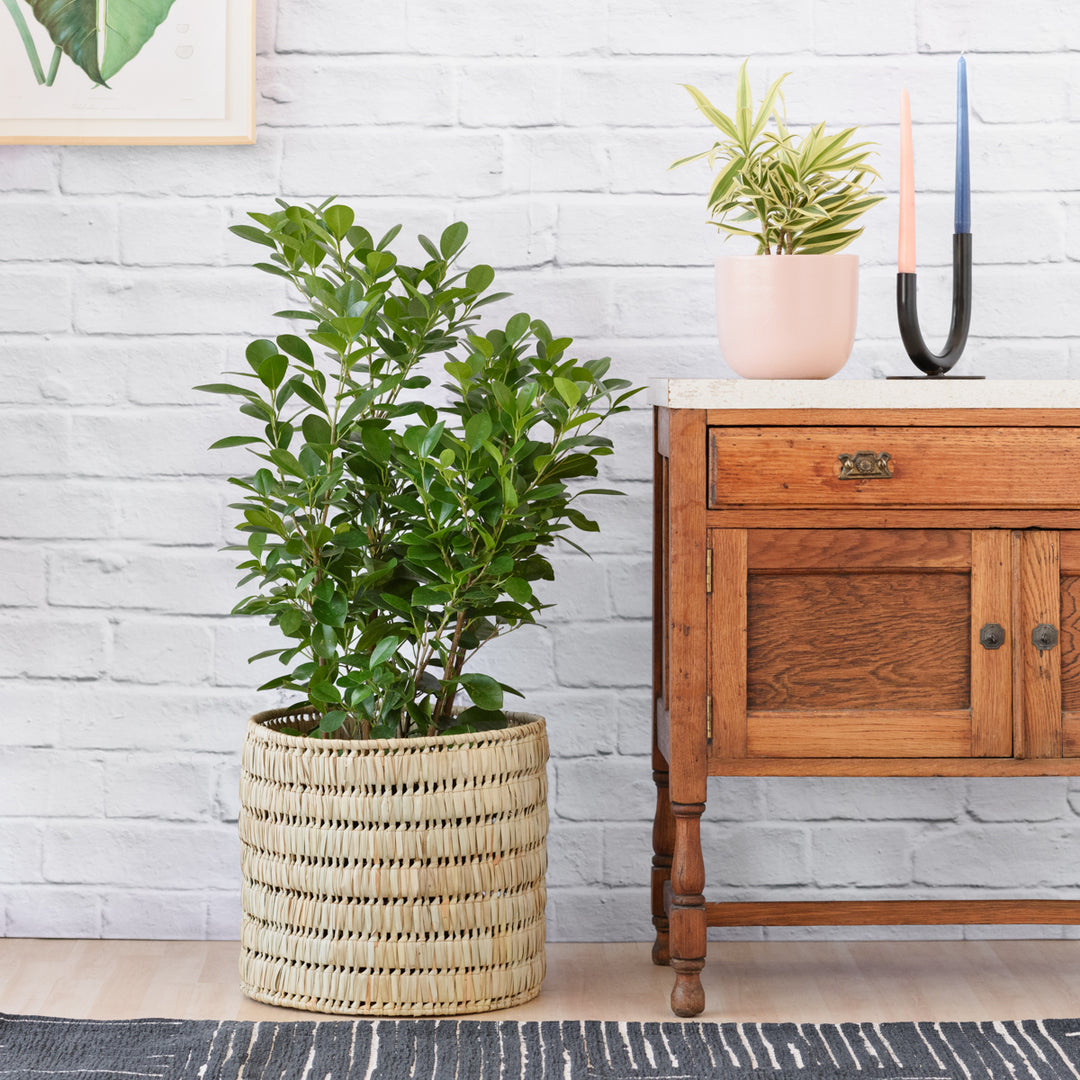
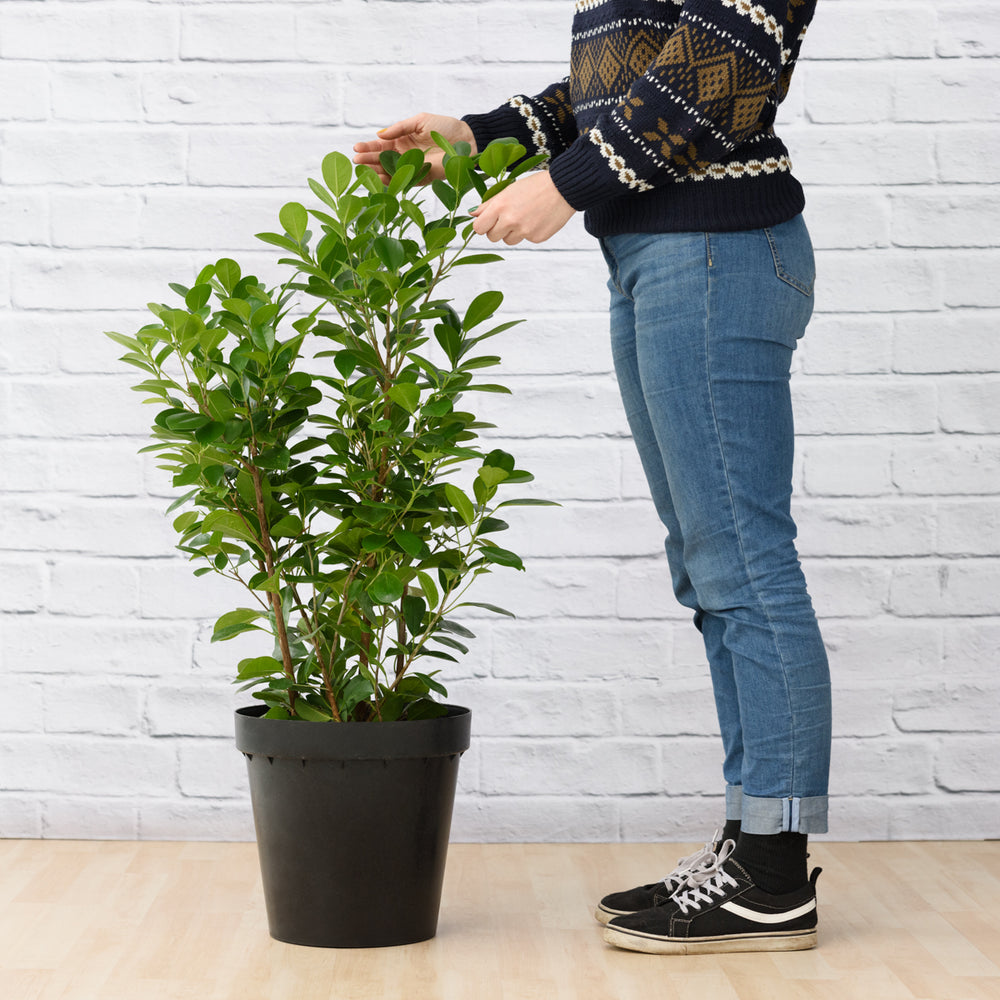

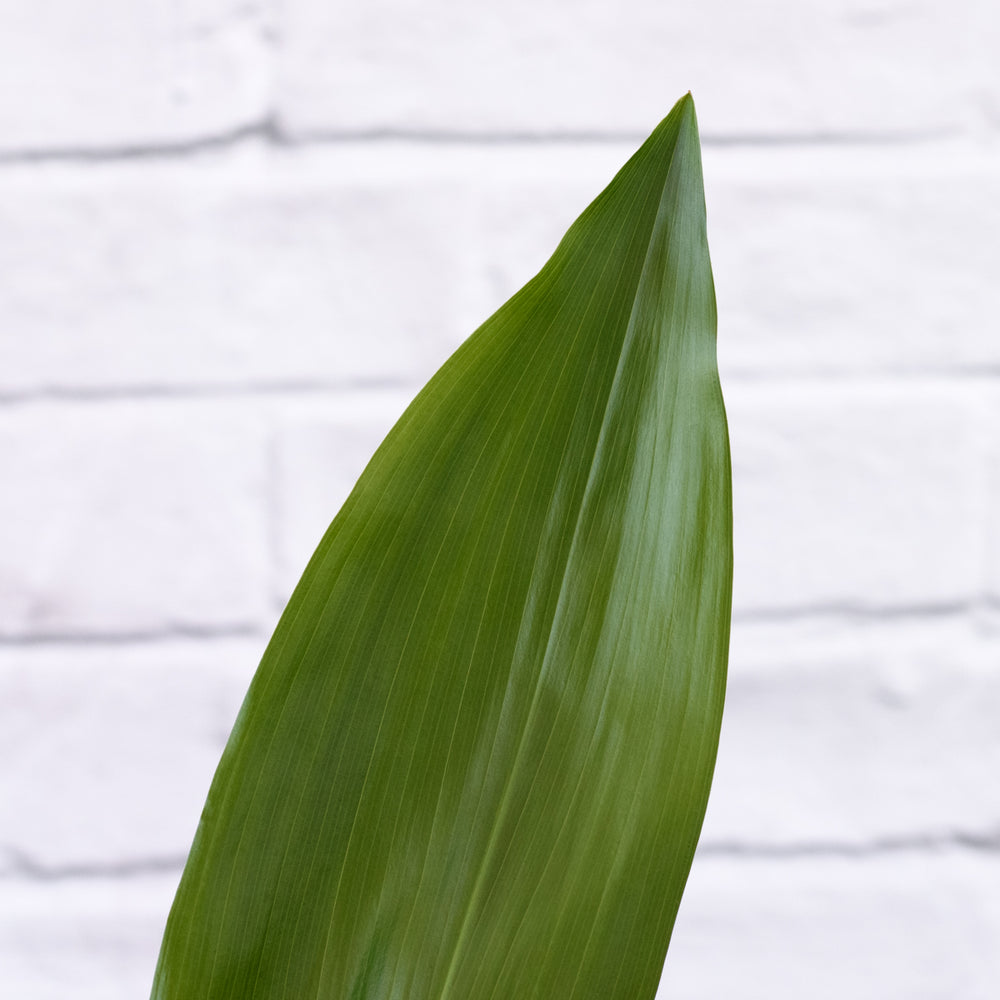
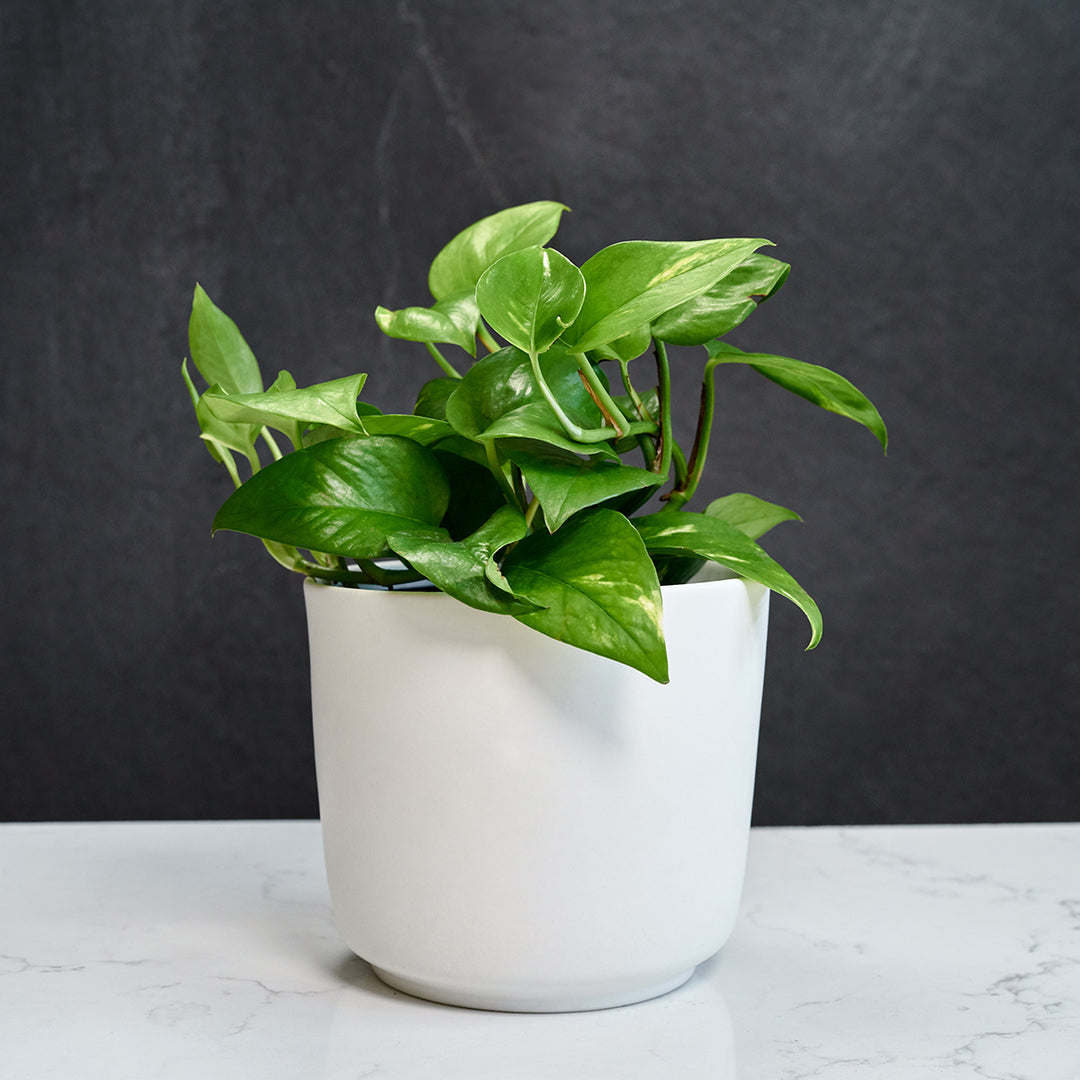
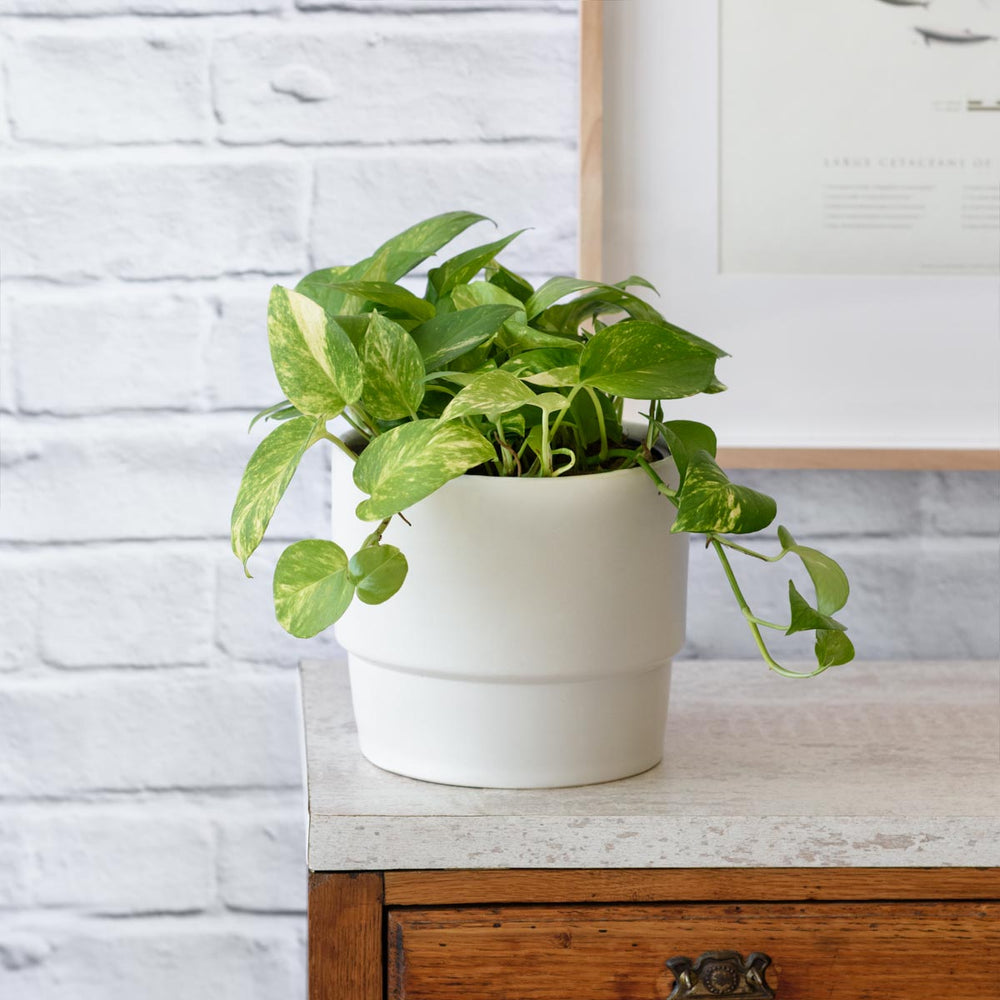

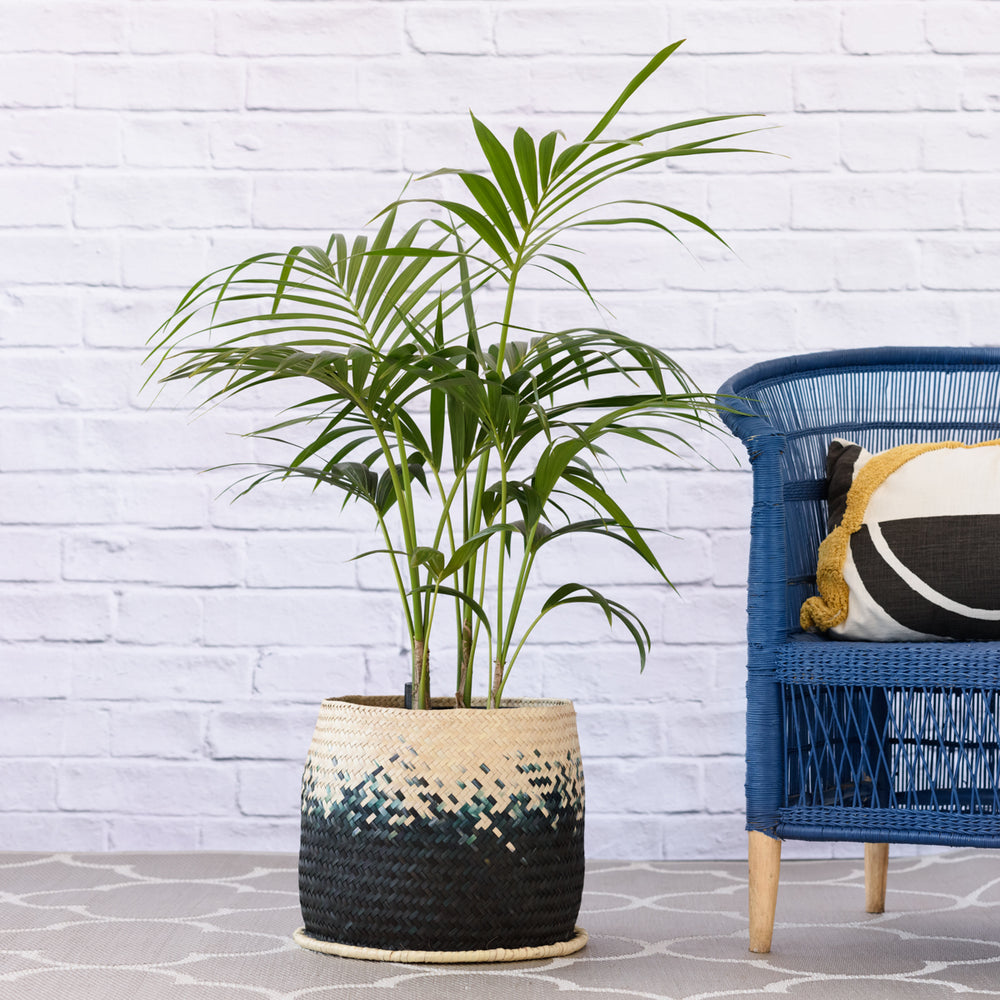

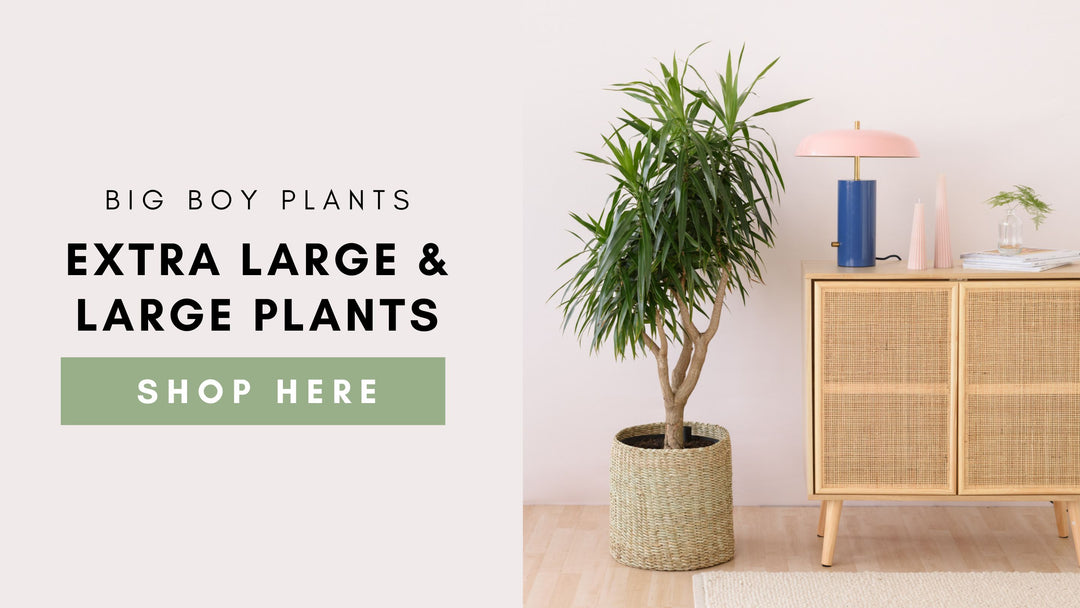
Very informative – thank you!
Leave a comment